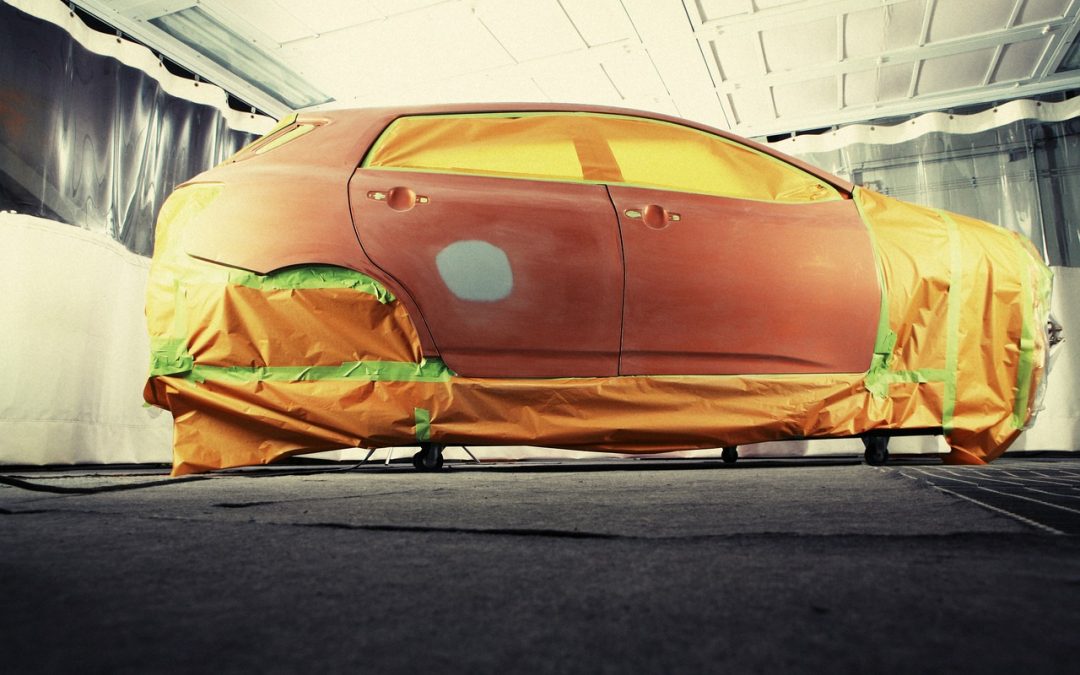DIY epoxy floors offer multiple choices for the garage floor. From repairing worn spots on the ground to rejuvenating the concrete, DIY epoxy floors are applied to both concrete decks and garage floor for an overall seamless look.
Best performing epoxies are flexible sealer epoxies (Epoxy) for both garage floor and garage flooring, while more expensive rigid floor epoxies are best suited for garage floor applications. Some floor epoxies may also be mixed with concrete or sand to achieve specific results. It’s also possible to use epoxies in place of tile on concrete surfaces, and also with wood floors.
These epoxies are also ideal for use in patios, pools, and decks. There are numerous benefits of using DIY epoxies for garage floors, but it must be remembered that different epoxies require varying levels of application to achieve a professional-looking finish.
If a particular floor coat is not applied to the concrete properly, or if the coating does not adhere well to the surface, this will result in premature cracking, peeling, flaking, warping, or buckling. It’s therefore important to choose the right type of coat and the right application method, as these elements determine how durable and long-lasting the finished product will be.

High-quality epoxies are often available at local DIY stores. Some high-quality epoxies can be purchased online. In general, any type of sealant can be used on a garage floor, and some may even be stronger than others. Some people prefer to use rubber-based epoxies, as they are more resistant to moisture, and are also less likely to peel or chafe.
If you are considering using epoxy on your concrete floor, it’s important to note that this substance needs to be sealed to the concrete after application, and is not one which will loosen over time. We highly suggest that you view what Luke from Epoxy Flooring Los Angeles notes when it comes to epoxy flooring solutions.
Before applying epoxies, it’s important to keep the concrete in good condition and allow it time to dry completely before the next step. This will avoid any warping, cracking or buckling, and will prevent the floor from absorbing excess moisture. Once all the surface dirt has been removed, a clean rag or cloth should be used to wipe the area.
Garage coatings can also be sprayed onto the concrete floorings, however, this process can cause some difficulty if the surface has cracks or chips in the paint. A roller can be used to spread the coating evenly over the surface. Once all parts are covered, a primer is then applied to give the floor a uniform look.
Finally, after the floor has dried completely, any additional protection is needed to prevent any scratches or chipping. This may include a sealant such as an epane or polyurethane, again recommended by a specialist. The final step is to top up with a coat of wax if the coating is too thin or does not fully protect the floor.
The biggest drawback of DIY epoxy floors is that they are far cheaper and easier to apply than the ready-made products which are often found on garage floors. This is because the epoxy is much cheaper and easy to use. There is also the potential for damage to the floor by applying an uneven coat.
However, if you follow the right steps, you should ensure that the floor is properly protected and will last a long time. Another disadvantage of DIY epoxy flooring is that some products may have a very limited lifespan when it comes to protecting garage floors.

Also, the coat may crack or peel if the application methods used are wrong. It’s therefore important to check the instructions carefully. If you do choose to use garage coatings for your floor, it’s essential to ensure that the right material is used to ensure the finish stays smooth and flat.
Garage coatings should be chosen based on their strength, but it is also important to find out if the epoxy will bond to the surface properly.
Finally, a professional coating service should be consulted if the flooring you have selected doesn’t hold up as described, as this should include the installation steps. Some coatings can take weeks to install, and if done incorrectly could cause damage.

